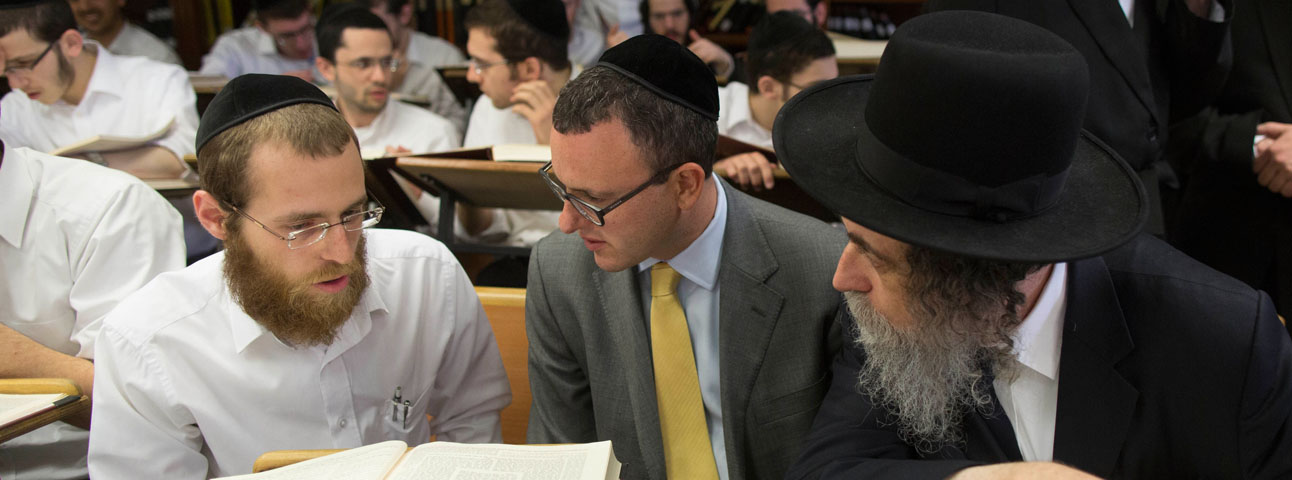The Failures of the State Conversion System
A new book from the Israel Democracy Institute exposes the failures of the State conversion system over three decades

Since the State conversion system was launched in 1996 only 90,000 Israelis have been converted to Judaism
New figures published in Conversion in Israel: Vision, Achievements and Challenges published in Hebrew this week by the Israel Democracy Institute Press, expose how the State conversion system has been a failure since its launch in 1996.
The 25 articles in this book, edited by Prof. Yedidia Z. Stern and Dr. Netanel Fisher, address the fact that about 10,000 additional Israeli citizens (olim and children of olim) are registered as “of no religion” each year, but the State conversion system manages to convert fewer than 2,000 of them. In other words, around 8,000 persons of “no religion,” most of whom see themselves as Jews and as part of the Israeli collective, are added to the population every year.
Among the olim from Ethiopia, at least, the conversion rate is high: Of the 50,000 olim from Ethiopia in the past two decades, 95% completed the process. But among new immigrants from the former Soviet Union who are not recognized as Jews when they enter the country, only 7% have done so (29,000 of over 400,000); a third of these converted through a special track in the military.
The data newly published in this book reveal that, every year, about 4,500 children are born in Israel to parents “of no religion,” while about 5,000 newcomers from the former Soviet Union are not recognized as halakhically Jewish. Around 80% of those who do convert are women.
The book’s editors, Prof. Stern and Dr. Fisher, call for a comprehensive reform of the State conversion system so that it will better serve the hundreds of thousands of Israelis “of no religion” who face problems in registering for marriage and in receiving equal rights because of their status. The editors assert that this situation is a paramount national challenge, on both the ethical and practical levels.
Articles in the book present the personal stories of successful converts and of people who chose not to convert; examine how conversion impacts the relations between Israel and the Diaspora; review the intra-Orthodox argument about conversion and the non-Orthodox alternatives; study the gendered aspects of conversion; and look at the national challenges that conversion places on the Israeli agenda.
Link to the book in Hebrew: https://www.idi.org.il/books/23504
